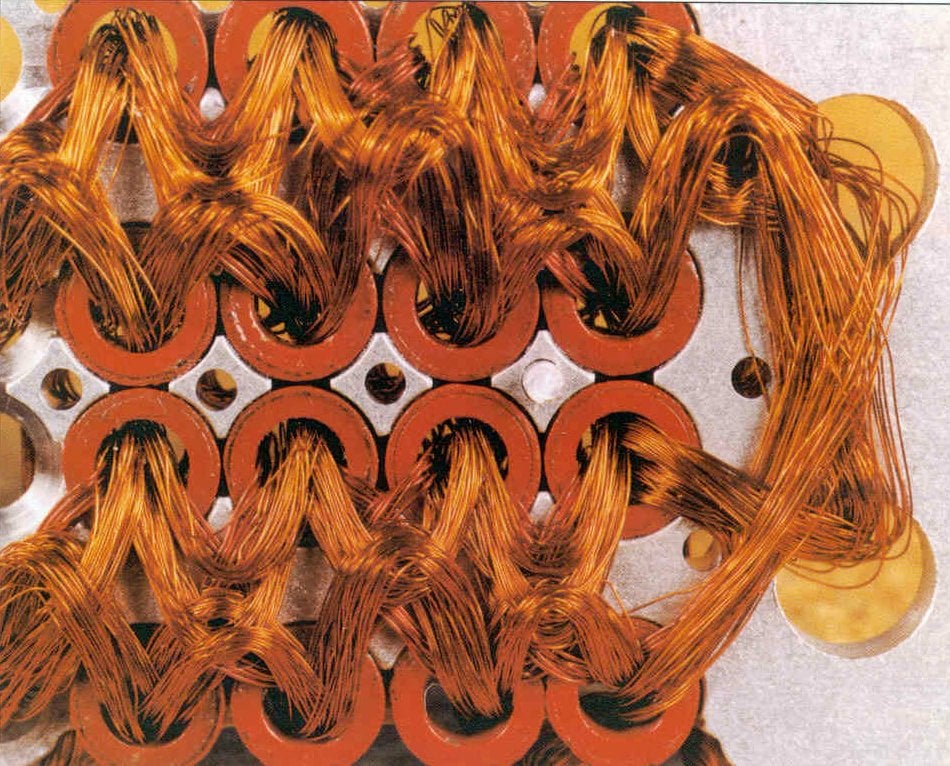- Aug 30, 2012
- 6,598
- Content source
- http://pages.experts-exchange.com/processing-power-compared/
We may (sadly) live in a world devoid of flying cars and personal teleportation devices, but that doesn't mean technology isn't moving forward at an incredible pace. We compared the processing power for various computers and devices from 1956 to 2015 to visualize the 1 trillion-fold increase in performance over those six decades. By comparing each processor's floating operations per second (FLOPS), we avoided any differences in microarchitectures.
Hard Disk Drive Morph
In 1965 Gordon Moore, co-founder of Intel, predicted that the number of transistors in an integrated circuit would double every two years. This is the basis of Moore's law, and it's why we currently have pocket-sized devices that are more powerful than 1980s supercomputers that took up entire rooms.
Watch as the size of hard disk drives shrinks while storage capacity increases from 1956 to 2015.

Comparing Tech Over Time
A single Apple iPhone 5 has 2.7 times the processing power than the 1985 Cray-2 supercomputer.

While Seymour Cray was contributing to the field of computer science, Nintendo was revolutionizing entertainment with the Nintendo Entertainment System (NES), also released in 1985. The NES contains half of the processing power as the computer that brought Apollo to the moon!

Computer chips continued to increase performance while decreasing in size, allowing for innovations that engineers never thought possible. 40 years ago, most people wouldn't believe that we would soon have access to limitless information from the palm of your hand. See the comparison of a Samsung Galaxy S6 and a Playstation 2 below.

The question remains, how far has computing power come over the last 60 years? Current supercomputers exceed commercially available products; however, it's still fun to compare what it would take to rival the titans (and Tianhes) of the industry. See the comparison of a Tianhe-2 Supercomputer and a Playstation 4 below.

Processing Power Compared Infographic
The full infographic showcases the magnitude of scientific progress with integrated circuits.
Note: The last item on each graph is scaled down to nearly zero in each subsequent graph. View our fullmethodology below.

Hard Disk Drive Morph
In 1965 Gordon Moore, co-founder of Intel, predicted that the number of transistors in an integrated circuit would double every two years. This is the basis of Moore's law, and it's why we currently have pocket-sized devices that are more powerful than 1980s supercomputers that took up entire rooms.
Watch as the size of hard disk drives shrinks while storage capacity increases from 1956 to 2015.

Comparing Tech Over Time
A single Apple iPhone 5 has 2.7 times the processing power than the 1985 Cray-2 supercomputer.

While Seymour Cray was contributing to the field of computer science, Nintendo was revolutionizing entertainment with the Nintendo Entertainment System (NES), also released in 1985. The NES contains half of the processing power as the computer that brought Apollo to the moon!

Computer chips continued to increase performance while decreasing in size, allowing for innovations that engineers never thought possible. 40 years ago, most people wouldn't believe that we would soon have access to limitless information from the palm of your hand. See the comparison of a Samsung Galaxy S6 and a Playstation 2 below.

The question remains, how far has computing power come over the last 60 years? Current supercomputers exceed commercially available products; however, it's still fun to compare what it would take to rival the titans (and Tianhes) of the industry. See the comparison of a Tianhe-2 Supercomputer and a Playstation 4 below.

Processing Power Compared Infographic
The full infographic showcases the magnitude of scientific progress with integrated circuits.
Note: The last item on each graph is scaled down to nearly zero in each subsequent graph. View our fullmethodology below.


